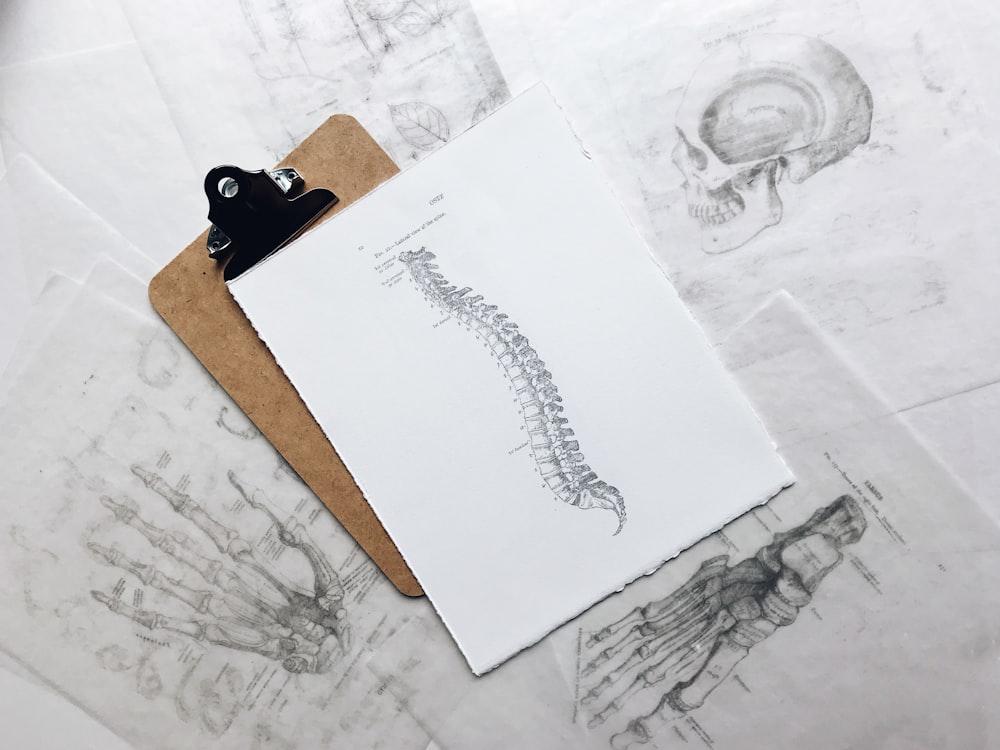目次
脊椎圧迫骨折例におけるバランス機能低下への新しい視点 脊柱と脊髄の長さのミスマッチがバランス機能低下に関連
脊椎圧迫骨折例の特徴といえば椎体圧壊に伴って脊柱の全長が短縮し,相対的に脊髄の全長が長くなってしまうといった点が挙げられます.
恥ずかしながらこの論文を読むまでは私も脊柱と脊髄の長さのミスマッチについて考えたことがありませんでした.
今回は理学療法士・作業療法士であれば知っておきたい,脊椎圧迫骨折例におけるバランス機能低下への新しい視点として脊柱と脊髄の長さのミスマッチがバランス機能低下に関連することを示唆する論文をご紹介させていただきます.

今回ご紹介する論文
J Orthop Surg Res. 2017 Oct 3;12(1):145. doi: 10.1186/s13018-017-0649-1.
Reduction of vertebral height with fragility vertebral fractures can induce variety of neurological deterioration
Kazuhiro Fujimoto 1, Tsukasa Kanchiku 2, Yasuaki Imajo 2, Hidenori Suzuki 2, Norihiro Nishida 2, Masahiro Funaba 2, Toshihiko Taguchi 2
Affiliations expand
PMID: 28974243 PMCID: PMC5627465 DOI: 10.1186/s13018-017-0649-1
今回ご紹介する論文は2017年に掲載された論文です.
研究の背景
Background: The presence of vertebral fractures affect variations in the termination level of conus medullaris (TLCM) and alter neurological findings. However, few studies have examined association between vertebral fractures, TLCM, and neurological findings. Thus, we herein studied the number and severity of vertebral fractures, TLCM, and neurological findings to clarify the mechanism of neurological deterioration in patients with vertebral fractures.
椎体骨折の有無は,クライアントの健康状態に大きく影響します.
椎体骨折があると,髄錐体終末期(TLCM)の変化に影響し,神経学的所見が変化すると言われております.
しかしながら椎体骨折とTLCM,神経学的所見との関連を調べた研究は少ないのが現状です.
この研究では,椎体骨折症例の神経学的所見の悪化のメカニズムを明らかにするために,椎体骨折の数と重症度,TLCM,神経学的所見との関連性を明らかにすることを目的としております.
研究の方法
Methods: A total of 411 patients who underwent computed tomographic myelography were classified into those with (group F, n = 73) and those without vertebral fractures (group C, n = 338). We assessed correlations between TLCM and age, height, and gender in group C, differences in TLCM between groups F and C, and correlations between TLCM, and the number and severity score of fractures. Neurological evaluations were performed for the patellar tendon reflex (PTR), muscle weakness, sensory disturbance, and bladder contraction disorders.
CTによる脊髄造影を行った411例のクライアントを,椎体骨折のある症例(F群,n=73)とない症例(C群,n=338)に分類しております.
TLCMとC群の年齢,身長,性別との相関,F群とC群のTLCMの違い,TLCMと骨折の数および重症度スコアとの相関を評価しております.
神経学的評価は膝蓋腱反射(PTR),筋力低下,感覚障害,膀胱収縮障害などを評価しております.
研究の結果
Results: TLCM was most commonly located at the L1 vertebral body in group C and did not significantly differ with age, height, or gender. TLCM was most commonly located at L2 vertebral body in group F. TLCM was more caudally located in group F (P < 0.01). Additionally, there was a significant difference between TLCM and number of fractures, and the severity score of fractures (both P < 0.01). Twenty-three patients showed neurological deterioration by vertebral fractures. Some patients with T12 vertebral fracture showed hyperreflexia of PTR. Serious bladder contraction disorders were seen in patients with compression at close range of TLCM.
椎体骨折無し群のTLCMはL1椎体に最も多く見られ,年齢,身長,性別との間に有意な差は見られませんでした.
椎体骨折有り群ではTLCMはL2椎体に最も多く存在し,椎体骨折有り群ではTLCMはより尾側に位置しておりました(P < 0.01).さらにTLCMと骨折数,骨折の重症度スコアとの間には有意な差が認められました(いずれもP<0.01).
23例が椎体骨折による神経学的な悪化を示しております.
T12椎体骨折症例ではPTRの反射亢進が見られました.
TLCMの至近距離での圧迫を受けた症例では重篤な膀胱収縮障害が見られました.
研究の結論
Conclusion: We confirmed that vertebral fractures altered location of the TLCM, thus altering potential neurological symptoms. Moreover, there were correlations of the TLCM with the number and severity score of vertebral fractures. Spine surgeons should be cognizant of the relationship between TLCM, level of compressive lesion, and neurological findings to avoid the wrong level in spine surgery and unexpected neurological deteriorations after surgery.
椎体骨折はTLCMの位置を変化させ,潜在的な神経症状を変化させることが確認できました.
さらに椎体骨折の数や重症度とTLCMには相関関係を認めました.
脊椎外科医はTLCM,圧縮性病変のレベル,および神経学的所見の関係を認識し,脊椎手術のレベルを間違えたり,手術後に予期せぬ神経学的悪化が起こらないようにすべきであります.
今回は理学療法士・作業療法士であれば知っておきたい,脊椎圧迫骨折例におけるバランス機能低下への新しい視点として脊柱と脊髄の長さのミスマッチがバランス機能低下に関連することを示唆する論文をご紹介させていただきました.
これは新しい視点ですね.
理学療法士・作業療法士も脊椎圧迫骨折例のバランス機能低下について脊柱と脊髄の長さのミスマッチといった視点を持って評価を行う必要があるでしょうね.






